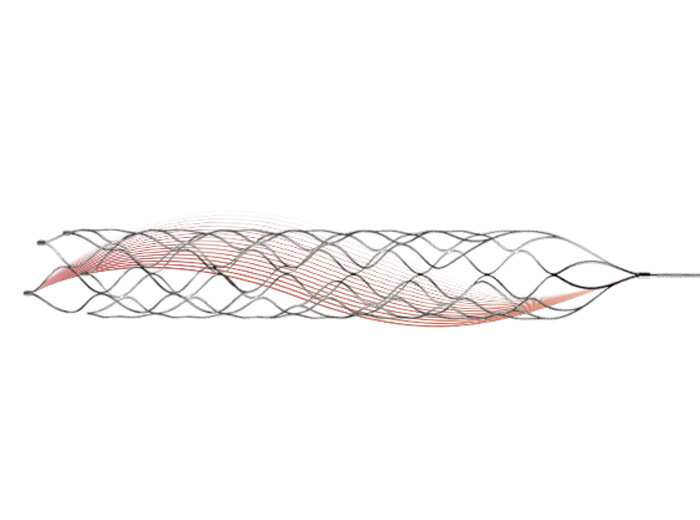the core of our corporate values
Neurovascular Interventional Catheter Market Analysis Report
The global neurovascular interventional catheter market is expected to grow from $3.4 billion in 2023 to approximately $7.5 billion by 2033, with a compound annual growth rate (CAGR) of 8.2%. Neurovascular interventional catheters play a crucial role in brain and intracranial neurovascular surgeries, ensuring that sensitive neurovascular structures are not damaged or perforated during minimally invasive procedures. With the increasing demand for neurovascular interventional treatments, especially for neurological conditions like brain aneurysms and strokes, the market prospects for neurovascular interventional catheters remain optimistic.
Neurovascular interventional catheters are classified as Class II medical devices by the U.S. Food and Drug Administration (FDA), primarily used to remove thrombus from neurovascular structures through mechanical means such as suction, laser, or ultrasound. With continuous technological innovation, the design of neurovascular interventional catheters has gradually been optimized to meet more refined and complex interventional needs.
Market Drivers
The growth of the neurovascular interventional catheter market is mainly driven by the following factors:
Increase in the incidence of neurological diseases: The high incidence and disability rates of neurovascular diseases such as brain aneurysms and strokes, especially with the aging population issue worsening, have driven the demand for neurovascular interventional treatments.
Sedentary lifestyle: The common sedentary lifestyle habits in modern society have increased the incidence of strokes and thrombus, further stimulating the demand for neurovascular interventional devices.
Increase in disposable income: With global economic improvement, especially in developing countries, the growth in medical expenditure provides financial support for the popularization of neurovascular interventional devices.
Technological advancements: The continuous development in the technology of neurovascular interventional catheters, with the introduction of innovative designs and improved materials, has enhanced the safety and efficacy of treatment, driving rapid market growth.
Market Structure Analysis
Product Analysis: By product type, the "embolization catheter" segment dominates in 2023, accounting for over 28.1% of the market share. Embolization catheters play an essential role in neurovascular interventional surgeries, widely used in treating brain aneurysms, arterial thrombus, and other diseases.
Application Analysis: By application area, "brain aneurysms" is the largest application field in 2023, occupying a market revenue share of 33.4%. With the increase in the number of brain aneurysm patients, the demand for neurovascular interventional technologies in this field continues to grow.
End-User Analysis: In 2023, hospitals as the primary end-users accounted for over 56.7% of the market share. As neurovascular interventional technologies become more popular, hospitals' leading role in neurovascular treatments is further bolstered.
Regional Analysis: North America is the largest market, accounting for over 34.2% of the global market share in 2023, with revenues reaching $1.162 billion. North America's advanced medical facilities and high levels of medical expenditure are major driving forces for the demand for neurovascular interventional devices.
Market Trends and Future Prospects
The neurovascular interventional catheter market is undergoing a wave of technological advancements, with companies continually improving product performance by introducing innovative catheter designs, advanced materials, and improved coatings to cope with market competition. In the future, with the ever-increasing demand for minimally invasive neurovascular surgeries, the market is expected to continue its steady growth. Especially in the context of an aging society, the incidence of age-related neurological diseases (such as brain aneurysms and strokes) will further drive the demand for neurovascular interventional devices.
Overall, the neurovascular interventional catheter market is projected to witness significant growth over the next decade. With technological progress and an increasing demand for safer and more efficient treatments, the market is expected to encounter more development opportunities. Hospitals, as the primary end-users, will continue to play a key role in driving market growth, and North America is anticipated to maintain its market dominance.










